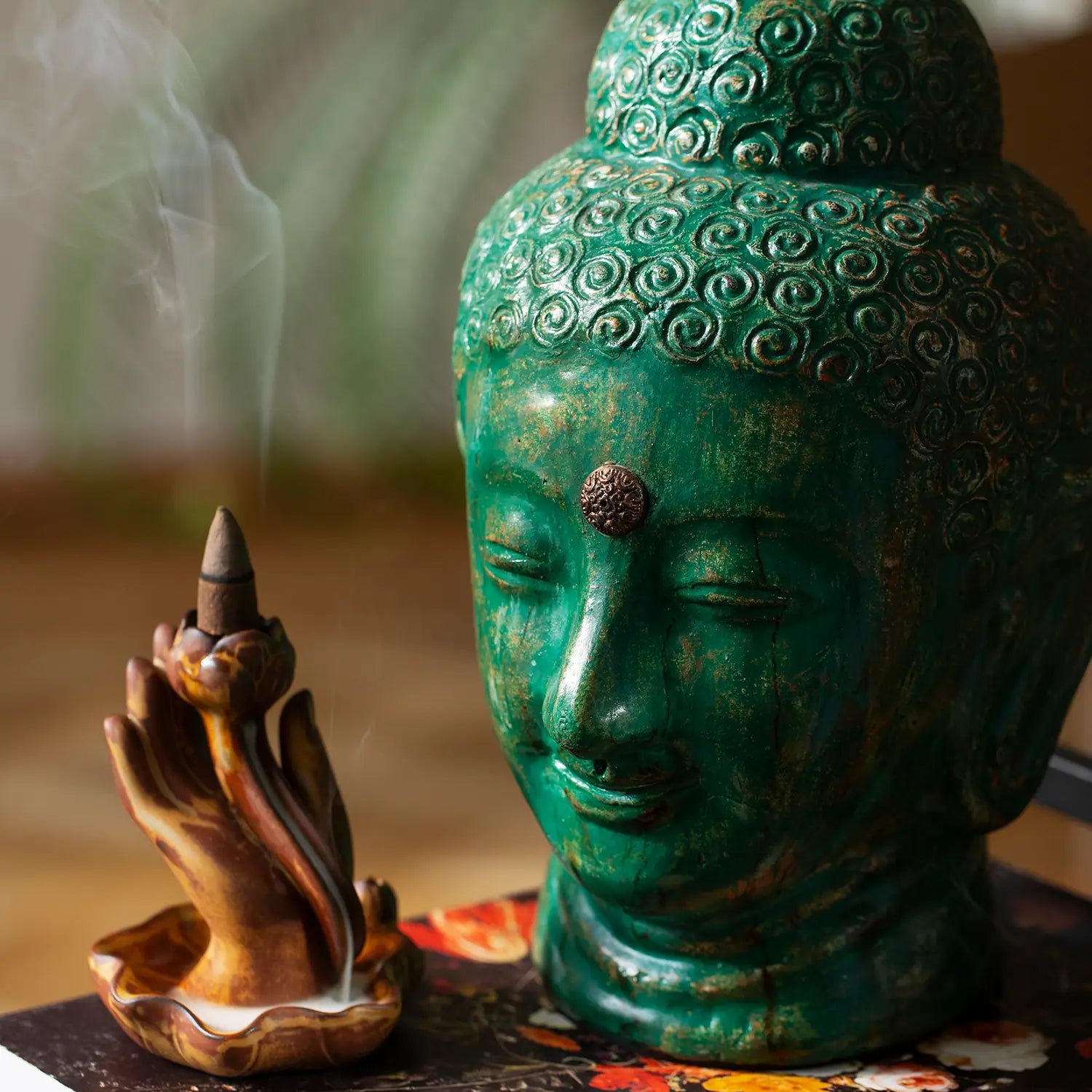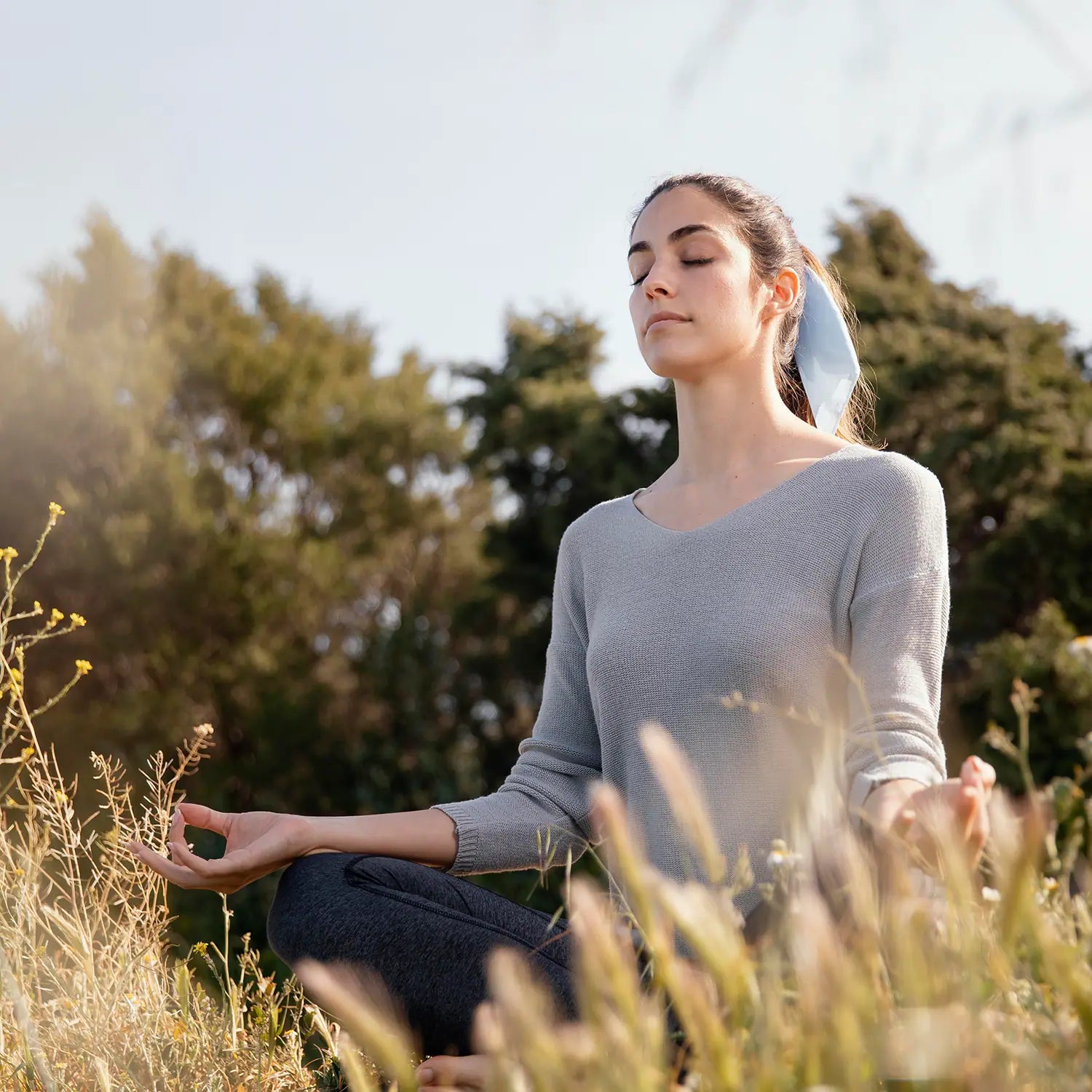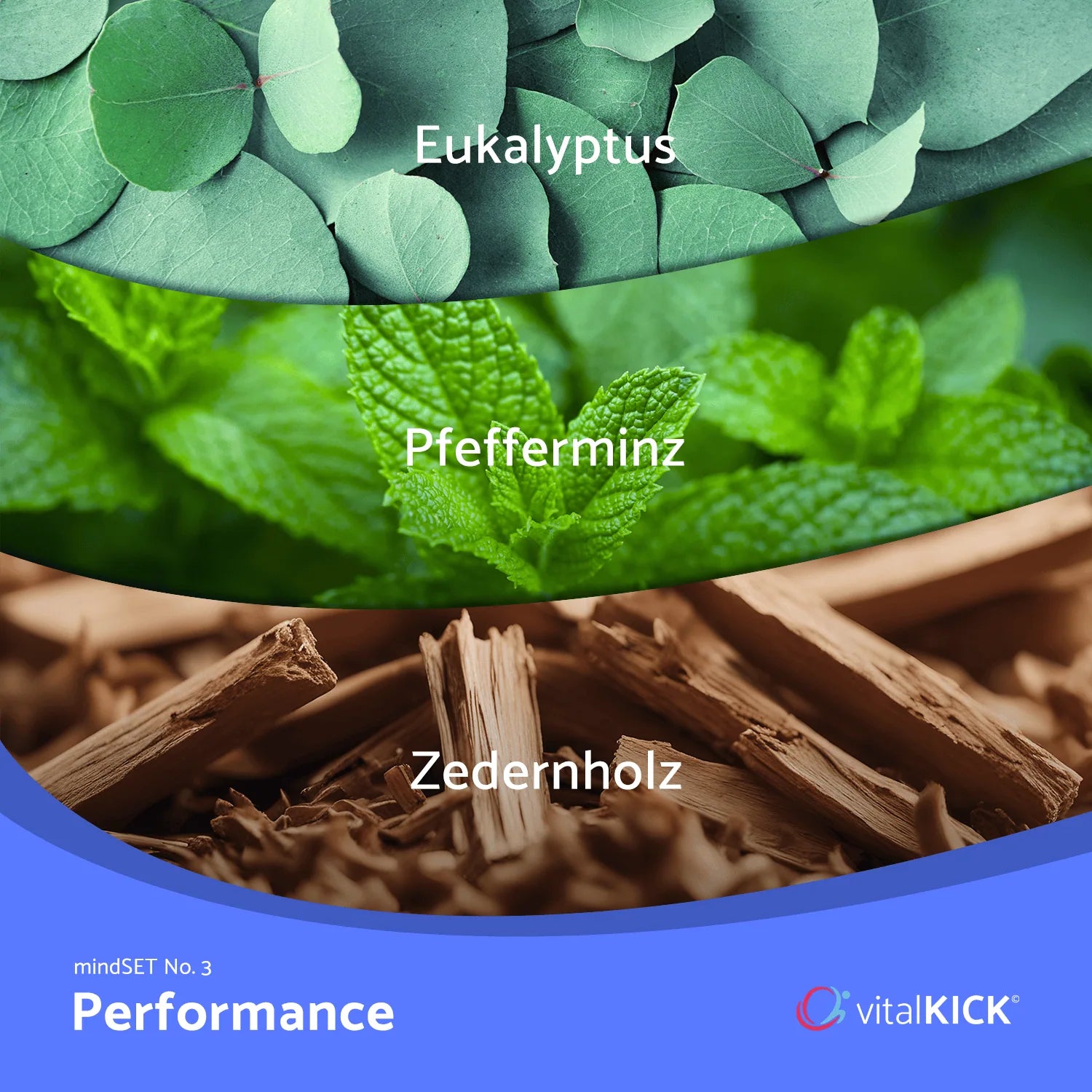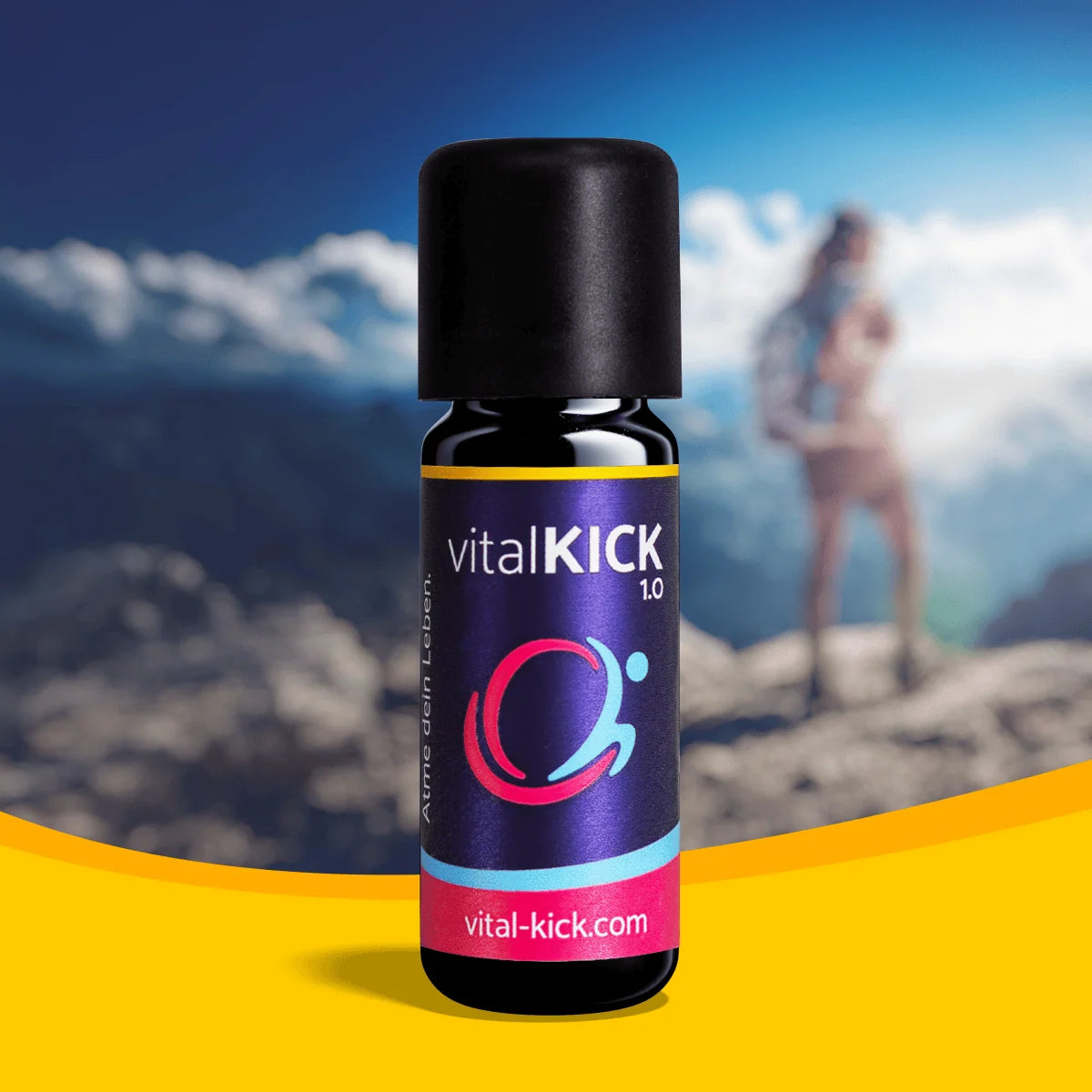Key Features of a Powerful Breathing Technique
Good breathing technique is characterized by efficiency, rhythm and adaptability. It ensures that the body is optimally supplied with oxygen and that respiratory muscles and energy are used efficiently. When exercising, for example, shorter, faster breaths are needed, while slow, deep breaths are preferred when resting. The following breathing techniques promote mindfulness and help to increase breathing capacity.

Breathing Exercise: The 10-Second Counting Technique - in the Spirit of Zen...
The 10-second exercise combines conscious breathing with a counting technique based on Zen Buddhist practices. It helps calm the mind, reduce stress and promote deep relaxation.
Read now in the Blog
Box-Breathing: The Ultimate Preparation for Decisive Moments
This technique is often used by people in high-stress jobs, such as soldiers, athletes, or executives, to stay calm and focused in challenging situations.
Read now in the Blog
Finger Breathing: Brings Clarity to a Chaotic Mind
Finger breathing is a simple, mindful exercise to promote relaxation and concentration, often used in the context of stress management or mindfulness training. It combines breathing with a conscious movement of the fingers and helps to focus on the moment and find inner peace.
Read now in the Blog
Rapid Breathing – For more Powerful and Efficient Breathing Mechanics
Rapid breathing is a breathing technique in which you consciously breathe faster and more intensely than you normally would. It is often used in certain breathing practices such as Wim Hof training, pranayama or for physical activation. However, caution is advised, as uncontrolled rapid breathing (hyperventilation) can have undesirable effects.
Read now in the Blog





